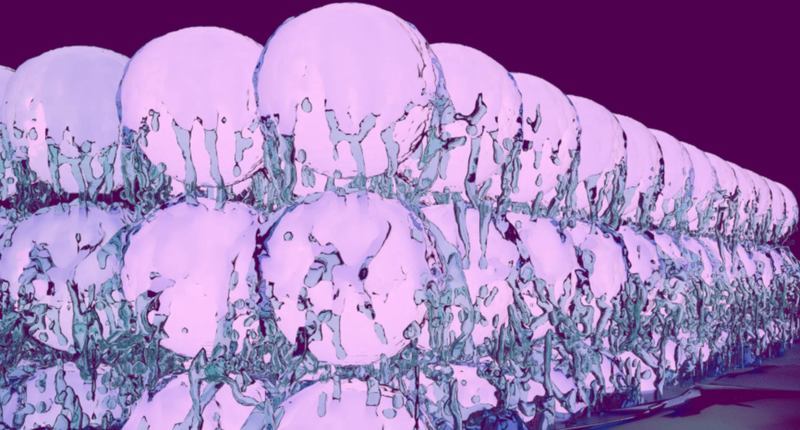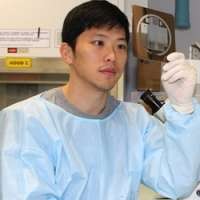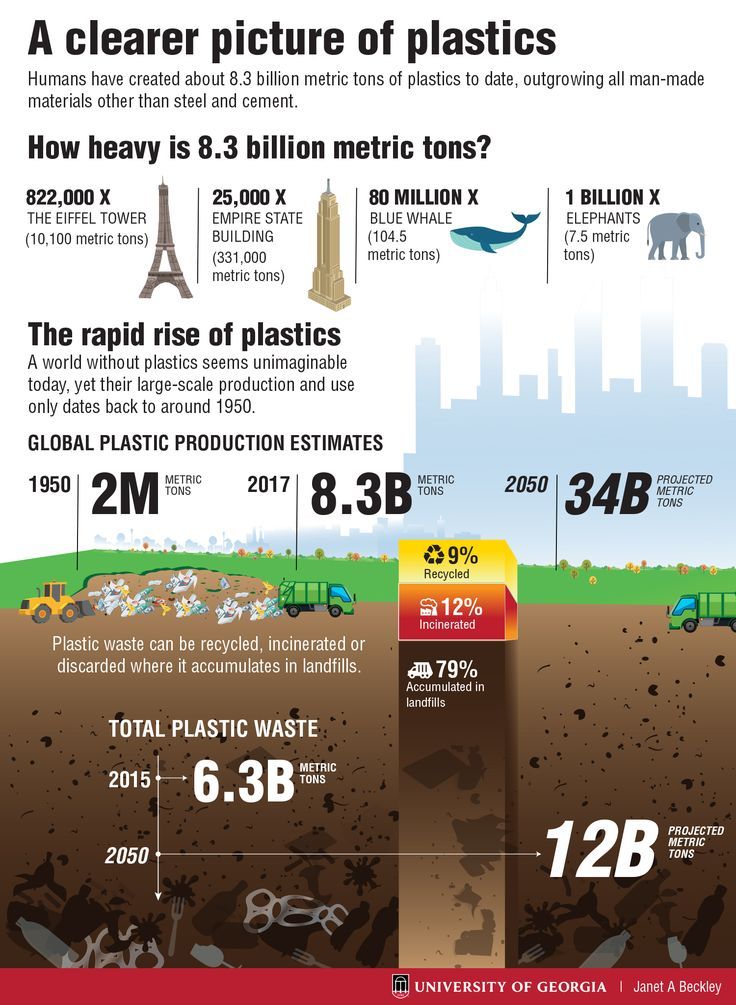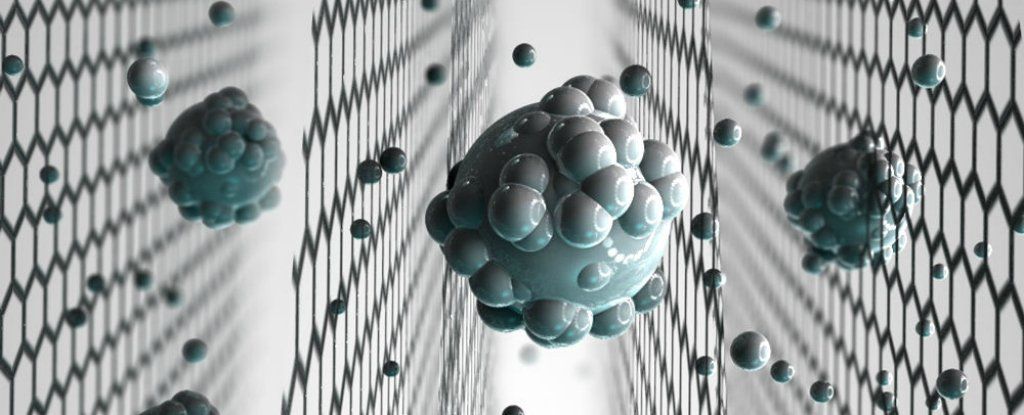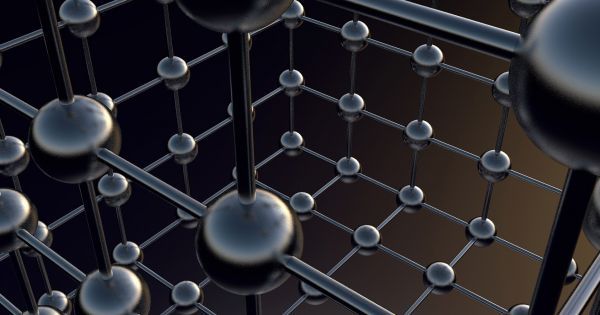Archive for the ‘materials’ category: Page 259
The Global Space Organization plans to utilize lunar regolith as a construction material when we build our GSO Lunar Station One, but lunar regolith also contains many elements that can be utilized to sustain life and human habitation on the lunar surface.
Averages of these elements found:
• Oxygen % 60.9
• Silicon % 16.4
• Aluminum % 9.4
• Calcium % 5.8
• Magnesium % 4.2
• Iron % 2.3
• Sodium % 0.4
• Titanium % 0.3
There are many traces elements found as well that could be used to refine plastics, produce sugars, vitamins and harness gasses such as neon and helium.
Sep 7, 2017
A design studio creates giant kinetic sculptures that form waves in the sky, via Mashable
Posted by Shailesh Prasad in category: materials
Sep 7, 2017
Researchers uncover new way of growing stem cells
Posted by Shailesh Prasad in categories: biotech/medical, materials
Research led by The University of Western Australia has discovered a new, simple and less expensive way of growing human stem cells.
Using hydrogel, a gel with a gradient that can be used to mimic the stiffness of human body tissues, the researchers were able to generate positive outcomes for the growth of stem cells.
Dr Yu Suk Choi from UWA’s School of Human Sciences at The University of Western Australia led the international collaboration which also included researchers from the University of California, San Diego (USA) and Max Planck Institute for Medical Research (Germany).
Aug 26, 2017
Teeth Regenerated by Stem Cell Stimulating Fillings
Posted by Shailesh Prasad in categories: biotech/medical, materials
Researchers from Harvard University and the University of Nottingham have developed a new filling that stimulates stem cells in dental pulp to regenerate and even regrow teeth damaged by disease and decay. According to Newsweek Magazine, the discovery earned a prize from the Royal Society of Chemistry after judges described it as a “new paradigm for dental treatments.”
The treatment is believed to potentially eliminate the need for root canals.
Filling materials stimulate stem cells to encourage dentin growth.
Aug 20, 2017
The Plastic Garbage Now Equals the World’s Population in terms of Tons
Posted by Yugal Agrawal in category: materials
Aug 15, 2017
Scientists Have Invented a Graphene-Based Sieve That Turns Seawater Into Drinking Water
Posted by Shailesh Prasad in categories: materials, sustainability
Researchers have achieved a major turning point in the quest for efficient desalination by announcing the invention of a graphene-oxide membrane that sieves salt right out of seawater.
At this stage, the technique is still limited to the lab, but it’s a demonstration of how we could one day quickly and easily turn one of our most abundant resources, seawater, into one of our most scarce — clean drinking water.
The team, led by Rahul Nair from the University of Manchester in the UK, has shown that the sieve can efficiently filter out salts, and now the next step is to test this against existing desalination membranes.
In recent years 3D printing of aerospace components has made great strides with ever larger parts, faster production and synergy with other materials, including composites. AEROSPACE gets an update on the latest progress from Scott Sevcik, Head of Manufacturing Solutions at international 3D printing company Stratasys.

Scott Sevcik, Head of Manufacturing Solutions, Stratasys. (Stratasys)
Aug 3, 2017
An Accidental Discovery Shows Artificial Atoms Can Quickly Self-Assemble
Posted by Shane Hinshaw in categories: materials, particle physics
Scientists have observed that superlattices can form incredibly during the routine synthesis of nanocrystals. This accidental discovery will mean the ability to form novel materials in a matter of seconds instead of days.
Some of the tiniest crystals in the world can, together, form superlattices, the basic elements of various novel materials. These crystals are also called “artificial atoms,” because they can organize themselves into structures that look a lot like molecules.
Jul 26, 2017
Scientists create colour-changing electronic SKIN
Posted by Carse Peel in categories: electronics, materials
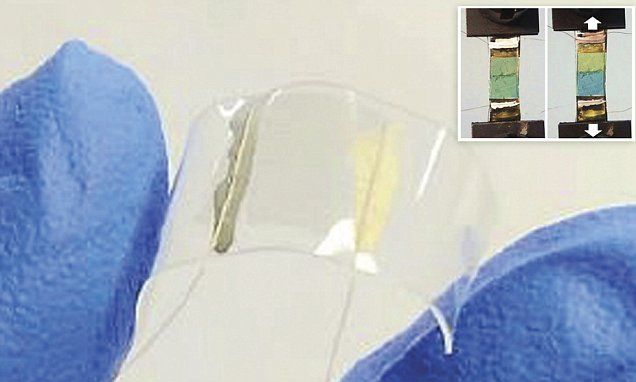
Researchers from Tsinghua University in Beijing have now developed a new type of electronic skin, with a colour change easily seen at just 0–10 per cent strain.
The material is made from graphene — a form of pure carbon that is 200 times stronger than steel.
Continue reading “Scientists create colour-changing electronic SKIN” »
